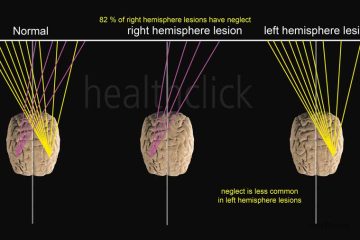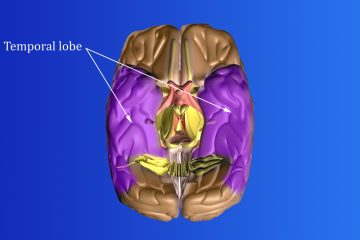February is Heart Health Month, and it’s a great time to discuss how to identify the risk factors for strokes and avoiding a stroke, which are closely related to heart health. According to the CDC, “Every Year, more than 795,000 people in the United States have a stroke.
Avoiding a Stroke – Simply Stated, What is a Stroke?
Before you can avoid a stroke, you must understand what is a stroke. A stroke is any lack of blood flow to the brain, which results in a lack of oxygen, which then causes a whole sequelae of injuries to the brain. A stroke can occur not just from the typical type of stroke that we think but also includes aneurysms, and this has been one of the things that also increased. We used to look at strokes, pull out, and separate aneurysms from those. Aneurysms are something that we see more frequently. An ischemic stroke is caused by a clot that blocks a vessel, limiting the ability to have blood flow and oxygen to the brain. Ischemic strokes result in 75 to 80 percent, depending upon the research on all strokes; it is the most common type of stroke.
Types of Stroke
The three basic types of ischemic strokes are thrombotic, embolic, and lacunar.
- A thrombotic stroke is where you have a clot or a piece of debris that blocks the blood’s blood flow, and typically, this occurs because of flawed vessels. For example, a lot of plaque buildup from atherosclerosis. Think about your long-term diabetics where. Their vessels collapse onto each other, blocking the blood flow. Those tend to be what we see mainly from a thrombotic standpoint.
- Embolic strokes occur when you have a piece of debris that is dislodged from another part of the body and then moves through the bloodstream up to the brain and blocks a vessel there. Typically, this occurs because of issues related to the heart. Someone who has atrial fibrillation has five times the likelihood of having a stroke than someone who does not have atrial fibrillation. You also see clots thrown from the heart for endocarditis or a build-up around artificial valves.
- The other increases are due to the blood clotting factors, which are genetic factors.

To continue learning more about risk factors and avoiding a stroke, go to Healthclick.com and take the course Stroke-Understanding Etiology and Developing Evidence Pathways to Achieve Functional Outcomes
For a comprehensive evaluation and treatment approach for stroke and cardiac diagnoses, go to https://www.healthclick.com/physical-therapy-continuing-education.php and utilize the resources provided in the Stroke Series of comprehensive courses within the All-Access Healthclick Subscription.
Let’s help our patient in Avoiding A Stroke this Month!
Stroke-Understanding Etiology and Developing Evidence-Based Pathways to Achieve Functional Outcomes
Stroke-Achieving Functional Movement in the Home-Bound Patient
References
CDC: Stroke facts, October 2024 CDC.gov/stroke/data -research/facts-stats/inde.html
Chao, Tze-Fan, et al. “2021 focused update consensus guidelines of the Asia Pacific Heart Rhythm Society on stroke prevention in atrial fibrillation: executive summary.” Thrombosis and haemostasis 122.01 (2022): 020-047.
Gorelick, Philip B., et al. “Blood pressure management in stroke.” Hypertension 76.6 (2020): 1688-1695.
Katsanos, Aristeidis H., et al. “Stroke prevention in atrial fibrillation: looking forward.” Circulation 142.24 (2020): 2371-2388.
De Marchis, Gian Marco, et al. “New avenues for optimal treatment of atrial fibrillation and stroke prevention.” Stroke 52.4 (2021): 1490-1499.


